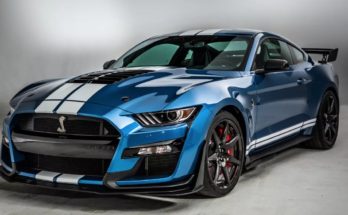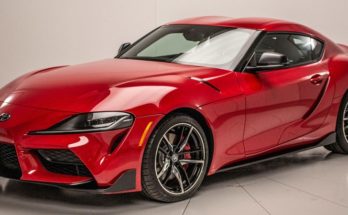The United States and England have always had a somewhat hot-and-cold relationship with each other. The on-again, off-again partnership finally seemed to mellow out during the World Wars, and since then, both countries have paired up to produce Anglo-American hybrid products that appeal to clientele on both sides of the pond, so to speak. One of their best ideas was to go into business together to create a vehicle that would be a stand out in either country – the AC or Shelby Cobra.
In the early 1960’s, an American by the name of Carroll Shelby wrote to a British company to ask about the possibility of bringing a British car to the U.S., with one modification: a V8 engine. AC Cars agreed to the proposition, but requested that Shelby locate a suitable engine, since the Cobra was being sold at that time with a six-cylinder engine. Shelby complied and wrote to a few of the larger vehicle manufacturers in the U.S. and finally received an affirmative answer from the Ford company, who had just built a small-block V8 and was searching for a car that could compete with Chevrolet’s Corvette.
There were several packages available, including the Dragon Snake, which was used for racing. There are only six Cobras that were made available with the Dragon Snake package, but only two Cobras came with the Slalom Snake package, which was used exclusively during motor-cross events. The most rare package of all, the Super Snake, was made for two vehicles chosen to be altered from a racing car to a street legal vehicle. The first two drivers to take it for a spin said it was very nearly incapable of being driven, and one ended up being driven over a cliff and into the sea. The other remained under Shelby’s ownership until it was sold at auction for a cool $5 million plus commission.
Several other adaptations were also made, including the GHIA Spyder (a project with an Italian automobile company), and the Ford XD Cobra, which was a single model. Though there is little information regarding its specifications, you can see the vehicle up close and personal if you’re ever in Detroit, Michigan and want to stop by the Detroit Historical Museum for a look.
Unfortunately, Shelby got tangled up in a scheme of his own making, and was exposed as a counterfeiter of his own vehicles using a California law loophole. The cars he registered with the state were not authentic AC but rather knockoffs produced in the United States.
The original combination of the classic British automobile style with America’s focus on performance and speed guaranteed a winner in the Shelby Cobra (as it was known in the U.S.), however, and though it has not had a continuous run (the original was retired in the 1980’s), there is still enough interest for companies to still produce “Continuity Cars”, and in 2014, the U.S. side of the business announced that they would be producing fifty new Shelby Cobras to mark the fiftieth anniversary of said vehicle.


